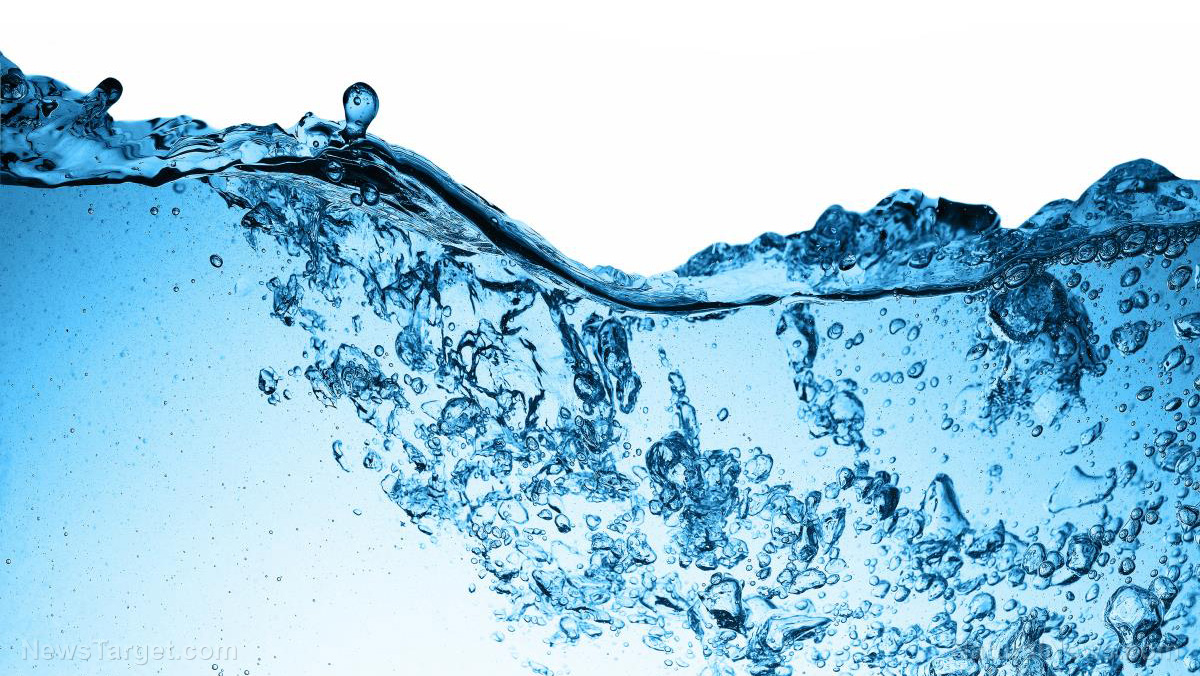
Most water treatment plants use oxidation-based processes. These treatment methods break down toxic substances into "transformation products," which are different substances that are thought to be less harmful.
Previous studies have covered the byproducts created by chlorination and other older water treatment procedures. But the newest treatment methods have not undergone such scrutiny.
One of these new methods is oxidation with hydrogen peroxide and ultraviolet (UV) light. This process is widely used to purify used water.
A Johns Hopkins University (JHU) study reported that some of the transformation products from the aforementioned process are just as toxic – or even more toxic – than the original pollutant. Lead author Carsten Prasse remarks that transformation products have a much bigger effect on the quality of treated water than previously expected.
Prasse led a team from JHU and University of California, Berkeley (UC Berkeley) in investigating a class of organic chemicals called phenols. Found in both man-made products and in naturally-occurring substances, phenols are among the most prevalent compounds in any supply of water. (Related: New polymer mat able to fish biologically harmful contaminants from water.)
Oxidation treatment turns phenols into toxic transformation products
The JHU-UC Berkeley team sought to find out what the phenols transform into when they are treated by the new methods. They first used peroxide radicals to oxidize phenols in a method commonly used by water treatment plants.
Next, they added amino acids and proteins to the mixture. The new additions would react with the transformation products and create new substances.
The ensuing products would provide clues on the transformation products that they reacted with. Prasse's team performed some reverse calculations to figure out what transformation product would have reacted with amino acids or proteins to form the new product.
The JHU-UC Berkeley team found that 2-butene-1,4-dial was one of the transformation products produced by free radical oxidation of phenols. 2-butene-1,4-dial is known to damage DNA and inflict other ill effects on human cells.
Additionally, 2-butene-1,4-dial is one of the transformation products that result from the oxidation of furan. The latter harmful chemical is present in engine exhaust and cigarette smoke.
Better and safer means of water treatment must be found
The researchers proceeded to test 2-butene-1,4-dial on mouse liver proteins to understand how it affects biological processes. The compound was shown to bind itself to 37 different proteins connected with various biological processes.
One of those protein enzymes is involved in apoptosis, the process of cellular death. Disabling this enzyme could result in cancer, a condition where cells grow out of control.
In addition, 2-butene-1,4-dial also affected compounds that are a big part of the metabolism process. Prasse believed this could lead to diabetes, obesity, and other negative health outcomes.
He added that the results of his study might explain why pesticides cause obesity in people. Furthermore, a refined version of his team's screening method could be applied to find out what happens to non-phenol chemicals during treatment.
Water purification needs to deal with many different forms of contamination. Prasse's team brings up an estimate where the water supply for two out of every three people in the world will be contaminated by agricultural and industrial wastewater runoff by 2050. That means better and safer means of purifying water need to be developed.
Find out if your local drinking water is safe at CleanWater.news.
Sources include:
Please contact us for more information.






















